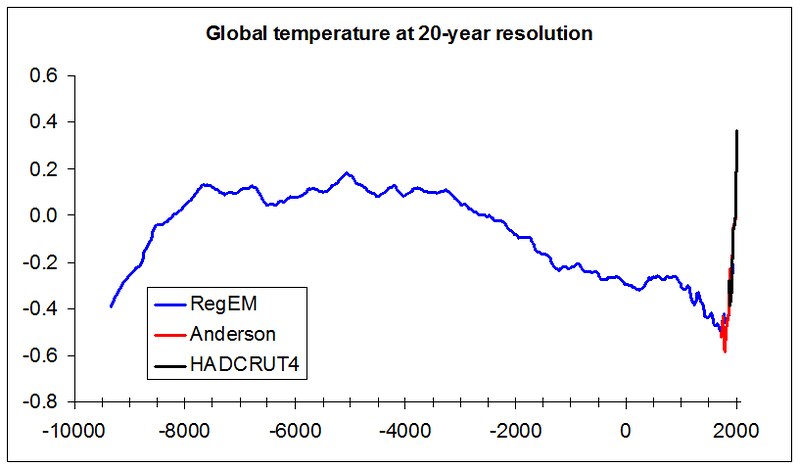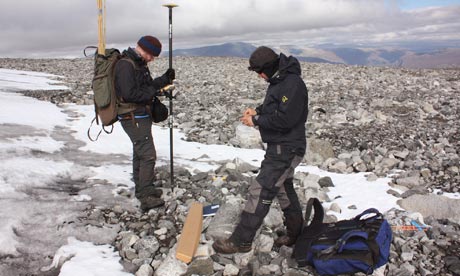The Big Melt - Glacial archaeology - History defrosted by Climate Change
Norway is dotted with small glaciers, and 'permanent' snow patches .
Around 7,000 years ago (5000 BC) the Earth was enjoying a warm climate.

Then it cooled, allowing those icy areas to form.

Now those glaciers and patches of perennial ice in the high mountains of Southern Norway have started to melt again, as the Earth is warming.
They contain all sorts of archaeological treasures.
Anything from ancient shoes to 5000-year-old arrowheads.
As a result a new kind of archaeology has begun - Glacial archaeology.

In 2006, an amazing discovery emerged from the Lendbreen ice patch in Norway.
A wood worker and amateur archaeologist came across an amazingly well-preserved ancient leather shoe.
When the shoe was examined and tested, archaeologists were stunned. The shoe was over 3,000 years old and dated from the Bronze Age.
Around 7,000 years ago (5000 BC) the Earth was enjoying a warm climate.

Then it cooled, allowing those icy areas to form.

Now those glaciers and patches of perennial ice in the high mountains of Southern Norway have started to melt again, as the Earth is warming.
They contain all sorts of archaeological treasures.
Anything from ancient shoes to 5000-year-old arrowheads.
As a result a new kind of archaeology has begun - Glacial archaeology.

In 2006, an amazing discovery emerged from the Lendbreen ice patch in Norway.
A wood worker and amateur archaeologist came across an amazingly well-preserved ancient leather shoe.
When the shoe was examined and tested, archaeologists were stunned. The shoe was over 3,000 years old and dated from the Bronze Age.
“Actually we should be slowly approaching a new ice age.
But in the past 20 years we have witnessed artefacts turning up in summer from increasingly deeper layers of the glaciers,” says Lars Pilø.
Lars does fieldwork in glaciers and ice patches, finding things discarded or lost by people long ago.